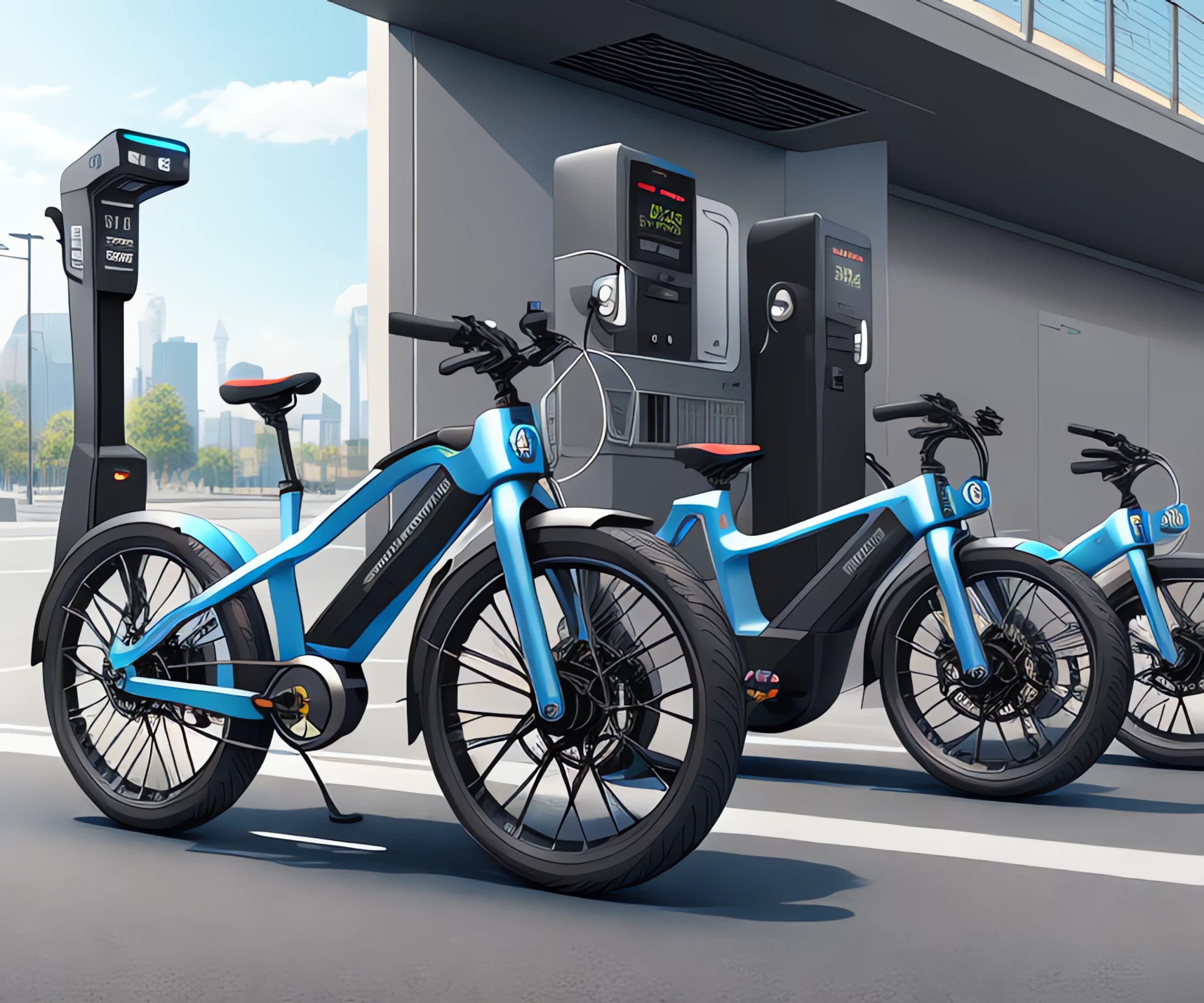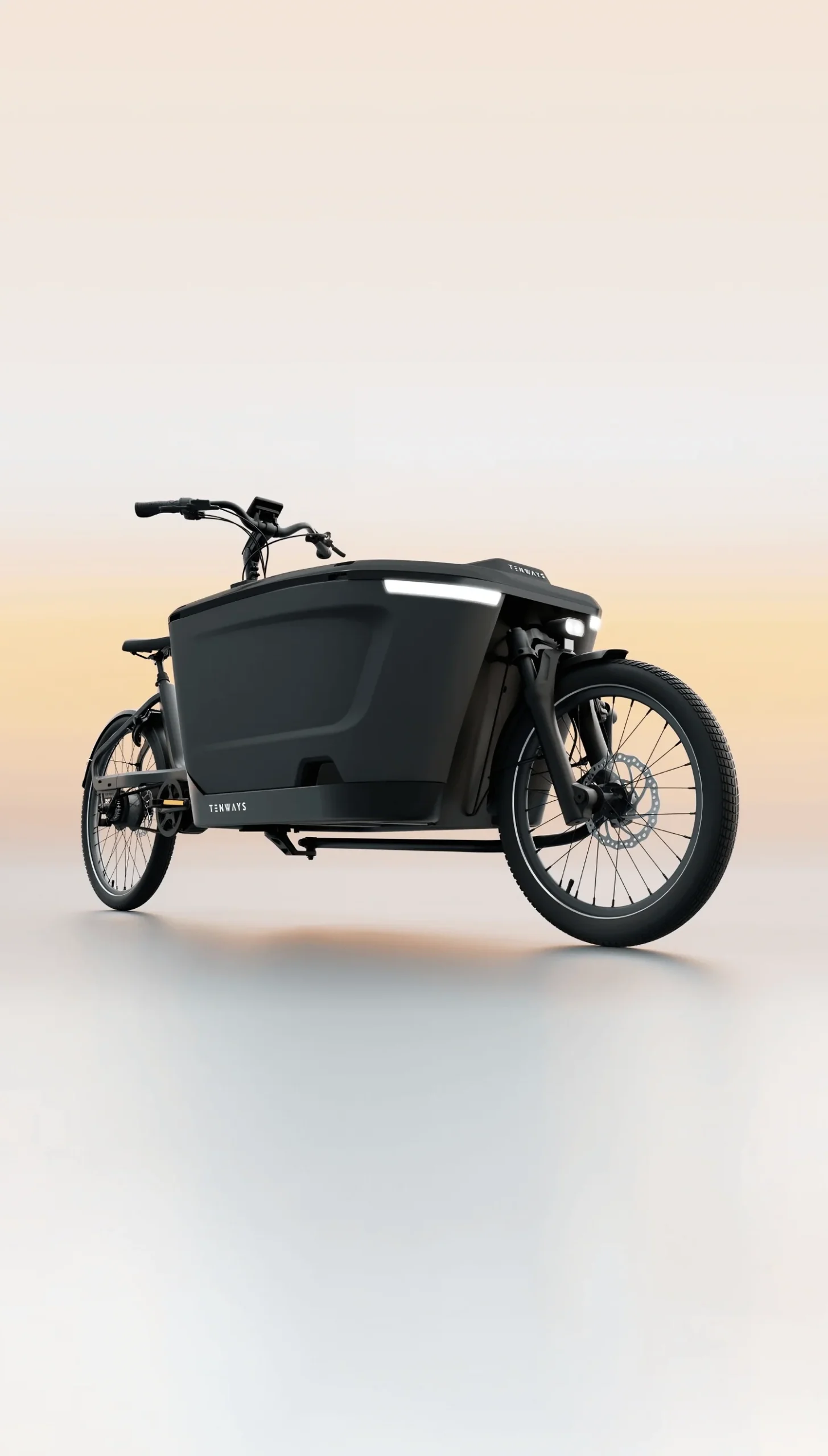In the ever-evolving realm of urban development, a silent revolution is underway, driven by electric bicycles, or e-bikes. Far from being a fleeting trend, e-bikes are reshaping cities and how we navigate them. This article explores the intricate relationship between e-bikes and urban planning, revealing how they are changing the urban landscape, greening our cities, and offering a sustainable alternative to traditional transportation. From dedicated e-bike lanes to charging stations and innovative bike-sharing initiatives, urban areas are adapting to accommodate e-bikes and foster sustainable urbanization. As we look ahead, e-bikes are set to lead us toward a more eco-friendly and efficient urban future.
Riding the E-Bike Wave: Greening Cities, One Ride at a Time
Rise of Bike Friendly Cities
Picture this: a vibrant cityscape teeming with e-bikes. Such a scenario isn’t a distant dream but a reality in cities worldwide. E-bikes have evolved into the preferred mode of transportation for daily commuters and city dwellers alike. Their meteoric rise in popularity isn’t solely due to technological advancements; it’s a resounding endorsement of their green credentials.
The Eco-Friendly Yardstick
E-bikes offer an eco-conscious alternative to traditional gas-guzzling vehicles. Emitting zero emissions, they play a pivotal role in reducing air pollution and curbing greenhouse gas emissions. This contribution fosters cleaner and healthier urban environments, and urban developers are taking note, spurred by ecological awareness.
Urban Planning Adaptation: A Necessity
Refined Bike Paths: Charting New Routes
One of the most visible transformations in urban planning lies in the creation of refined bike paths “conventional bike lanes”. These paths are no longer exclusively designed for traditional cyclists; they’re now thoughtfully engineered to accommodate e-bike users including protected bike lanes. Featuring broad, clearly marked trails, they provide a secure and efficient environment for e-bike enthusiasts to navigate urban terrains.
Benefits of Dedicated E-Bike Lanes
| Benefits | Description |
| Enhanced Safety | Charging stations enhance the safety of e-bike riders by reducing the risk of accidents and collisions on the road. E-bikes’ consistent and predictable speed, along with safety features, contribute to overall road safety. 🤕 |
| Promotes E-Bike Usage | Improved safety on e-bikes encourages more people to choose e-bikes as a mode of transportation, reducing traffic congestion and emissions from traditional cars. |
| Efficient Traffic Management | E-bikes play a vital role in easing traffic congestion and improving traffic flow in urban areas, leading to smoother traffic patterns and shorter commute times for all road users.🚦 |
| Supports Sustainability | Promoting e-bike usage aligns with cities’ green initiatives and sustainability goals, reducing the carbon footprint and contributing to global efforts to combat climate change. 🌎 |
Charging Stations: Fueling Tomorrow’s Journeys 🛣
In the ever-evolving world of e-bikes, one thing is abundantly clear: the availability of charging stations is the linchpin that will propel this revolution forward. These stations aren’t just convenient amenities; they’re the lifeblood of e-bike enthusiasts, ensuring that every journey is powered to perfection.
The Strategic Placement of Charging Stations
Urban Planning Meets E-Bike Innovation
Picture this: You’re cruising through a bustling city on your e-bike, and your battery indicator starts to flash ominously. Panic sets in, but fear not – the city has your back. Thanks to meticulous urban planning, charging stations are strategically dotted across the urban landscape, like hidden gems waiting to be discovered.
At Key Transit Junctions
Imagine zipping through the city and arriving at a major transit junction. Whether it’s a bus terminal, subway station, or train depot, you can rest easy knowing that charging stations are likely nearby. It’s a stroke of genius, really. Commuters can conveniently top up their e-bikes while hopping on and off public transportation, ensuring they never miss a beat.
In the Workplace
Many forward-thinking companies now recognize the allure of e-bikes for their employees. 🏢 They’re not just promoting sustainability; they’re enhancing productivity. In office complexes and business parks, you’ll often find charging stations nestled among the bike racks. It’s a win-win – employees get a convenient charging solution, and businesses bolster their eco-friendly image.
Residential Oasis
Home is where the heart is, and it’s also where your e-bike rests. Residential areas are not forgotten in this charging revolution. For those who call apartments and condos home, charging stations in communal spaces or dedicated e-bike garages are becoming the norm. It’s like having a personal pit stop right at your doorstep.
Powering the E-Bike Ecosystem⚡
Convenience at Your Fingertips
Charging stations aren’t just about convenience; they’re about fostering a thriving e-bike ecosystem. They eliminate the anxiety of range limitations, empowering riders to explore their cities without a worry in the world. It’s a game-changer, especially for those who rely on e-bikes for their daily commute.
Supporting Sustainable Commuting
E-bikes are a green alternative to gas-guzzling vehicles 🚙. Charging stations amplify this eco-friendly message. Every time a rider plugs in, they’re contributing to a cleaner, greener cityscape. It’s a small action with significant environmental implications.
Promoting Community
In the world of e-bikes, riders share a unique bond. Charging stations become meeting points, where enthusiasts exchange stories, tips, and even the occasional friendly race. It’s more than just a place to power up; it’s a hub for community building.
Real-Life Examples
Let’s paint a vivid picture of the impact of charging stations: 🎭
- Sarah’s Stress-Free Commute: Sarah, a city dweller, relies on her e-bike for her daily commute.With charging stations strategically placed at her office building and near the subway station, she seamlessly combines cycling and public transit, reducing her carbon footprint and stress levels.
- David’s Weekend Adventure: David loves weekend e-bike adventures. He recently embarked on a 50-mile journey, knowing that charging stations were scattered along his route. He stopped at a cafe with a charging station, enjoyed a coffee, and resumed his ride with a fully charged battery.
- Emily’s Eco-Friendly Errands: Meet Emily, a dedicated eco-warrior. She uses her e-bike not just for leisure but for daily errands. Emily’s city has embraced the e-bike revolution, evident by the charging stations strategically placed at grocery stores and shopping centers. She effortlessly combines her shopping trips with charging pit stops, all while reducing her carbon footprint and supporting local businesses.
Charging stations are the unsung heroes of the e-bike revolution. They’re not just power sources; they’re symbols of progress, sustainability, and community. As cities continue to embrace e-bikes and their potential, the strategic placement of charging stations will remain at the forefront, fueling the journeys of tomorrow with innovation and eco-consciousness.
The Impact of Charging Stations
| Impact | Significance |
| Extended Range 🪫 | Charging stations have a profound impact on the range e-bike riders can achieve. With these stations strategically placed throughout the city, riders can explore urban landscapes confidently, knowing they have convenient access to recharging their e-bike batteries. This extended range not only enhances the riding experience but also encourages more people to embrace e-bikes as a versatile mode of transportation. |
| Commuter Convenience | Charging stations transform e-bikes into a viable option for daily commuting. Commuters no longer need to worry about running out of battery power during their journeys to work. This convenience makes e-bikes an attractive alternative to traditional cars and public transportation, reducing traffic congestion and environmental impact. E-bikes become a reliable, sustainable choice for urban commuting, promoting a healthier and more efficient way of getting to and from work. |
| Infrastructure Investment | The presence of charging stations in a city demonstrates a commitment to sustainable mobility and environmental stewardship. It showcases a city’s dedication to investing in eco-friendly infrastructure, which not only benefits e-bike riders but also contributes to the overall reduction of greenhouse gas emissions and air pollution. This investment aligns with global efforts to combat climate change and fosters a sense of civic pride, as residents see their city taking proactive steps toward a greener future. |
E-Bike Sharing Initiatives: Enhancing City Mobility
E-bike sharing initiatives are transforming urban transportation. Offering an affordable and convenient alternative, they enable city residents to embrace e-bikes without the burdens of ownership. In promoting broader accessibility, urban planners are collaborating closely with providers of such schemes.

Advantages of E-Bike Sharing
| Advantages | Impact |
| Reduces Traffic Congestion | One of the significant impacts of e-bikes is their ability to reduce traffic congestion. By encouraging more people to opt for e-bikes instead of traditional cars, cities can experience a noticeable reduction in the number of vehicles on the road. This reduction eases traffic flow, mitigates gridlock, and leads to shorter commute times for everyone. Moreover, fewer cars on the road mean less air pollution and a healthier urban environment. 👊 |
| Enhances Last-Mile Connectivity | E-bikes play a crucial role in enhancing last-mile connectivity, bridging the gap between public transit and final destinations. This impact is particularly valuable in urban areas where commuters often face challenges in getting to and from transit hubs. E-bikes provide a flexible, efficient, and eco-friendly solution, ensuring that commuters can seamlessly transition from buses, trains, or subways to their intended destinations. This not only saves time but also promotes a sustainable urban transportation network. |
| Inclusive Accessibility | E-bikes are a game-changer when it comes to inclusive accessibility. Their electric assistance makes cycling more accessible to a broader audience, including individuals who may have physical limitations or those who live in hilly areas. This newfound accessibility empowers more people to embrace e-bikes as a mode of transportation and recreation, fostering a sense of inclusivity and diversity within the cycling community. It promotes mobility for all, regardless of physical ability or geographic location. |
These expanded explanations highlight the profound significance of charging stations in the realm of e-bike mobility, emphasizing how they extend the range, enhance commuter convenience, and symbolize a city’s dedication to sustainable infrastructure.
– “A research project, in-depth pdf document from the ITDP (Institute for Transportation and Development Policy) on Leveraging E-bikes and E-scooters for more livable cities“
TL:TR
The report explores the role of electric micromobility, including e-bikes and e-scooters, in creating more sustainable and livable cities. It emphasizes the need for better infrastructure, policies, and research to maximize the benefits of these modes of transportation. The key takeaways are:
Infrastructure and Policies:
Cities must build infrastructure like dedicated bike lanes to support e-bike and e-scooter use.
Policies should classify these modes appropriately and set speed limits for safety.
Research and Knowledge Gaps:
There’s a need for more research, especially in Global South cities, to understand the potential and challenges of electric micromobility.
Capacity Building:
Building partnerships between public and private stakeholders is crucial for integrating electric micromobility into urban transportation networks.
An Integrated Approach towards Urban Progress
To conclude, the surging popularity of e-bikes represents not merely a transient trend in transportation but a formidable catalyst for sustainable urbanization. Urban centers worldwide recognize this necessity and are proactively integrating e-bikes into their urban planning blueprints. Initiatives such as dedicated bike lanes, strategically placed charging stations, and innovative bike-sharing programs don’t just transform our urban settings; they also nurture a communal consciousness that endorses renewable energy. As we venture into the future, e-bikes undoubtedly lead our urban spheres toward a more environmentally-friendly 🪴and sustainable tomorrow. 🤜 🤛
So, the next time you spot an e-bike zipping along a dedicated lane, remember that its influence reaches beyond revolutionizing our modes of transportation—it’s fundamentally reshaping our perception of and interaction with our urban habitats.






